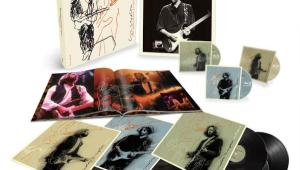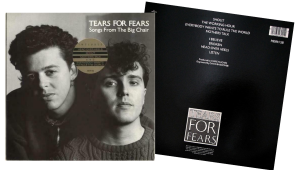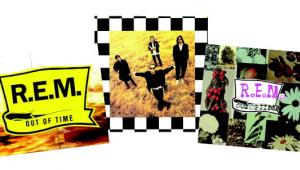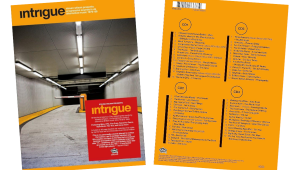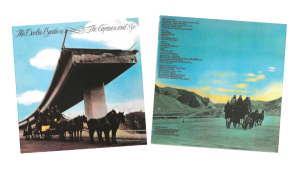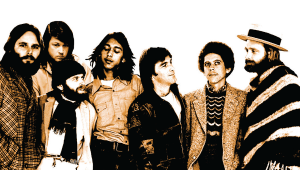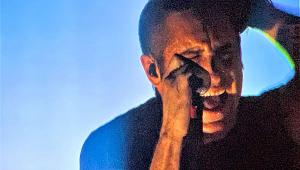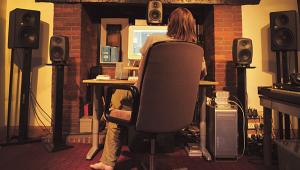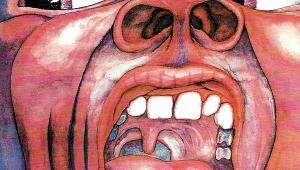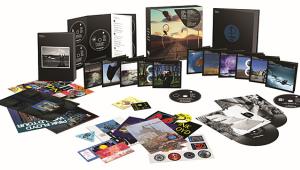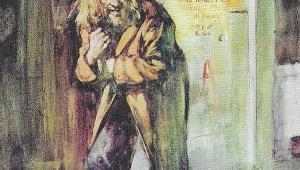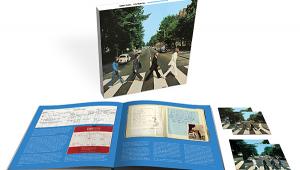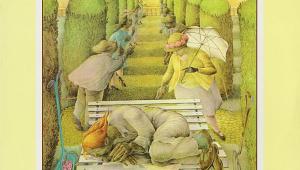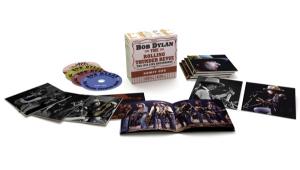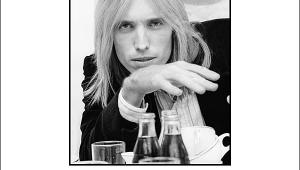Hello, Mr. Radio Page 2
S+V: What are some of your first memories of the music playing on your father’s console in the 1940s and ’50s in Birmingham, England, prior to him giving you a crystal radio set as a teenager?
Jeff Lynne: A lot of it is the stuff on Long Wave, actually. I used to hear those songs as a kid on that console. It was a big one with, probably, a 15-inch speaker. It had lovely old soft bass, with hardly any top on it. I used to love that sound. Most of the songs I heard, I didn’t understand what on earth was going on. I used to think it was from another planet or something, because it seemed to me at the time, when I was little, it was so complicated; you know, what the hell is it? It took me all these years, 40- or 50-odd years later, to understand the bloody things, and start to love them and understand how great they were. What I didn’t understand at the time, I totally understand now. When I did the arrangements of these songs, I actually went back to the old records, the same ones I listened to on the radio in Birmingham. I listened probably 100 times each to really get into them and learn what was really going on, all the nuances.
S+V: To me, “Mr. Radio,” on the very first ELO album in 1971, is like the perfect bridge between what you did then and what you’ve done now with Long Wave. I really hear a thread between them.
Lynne: Me, too. “Mr. Radio” was written like a vaudeville song. [Liners penned by Lynne in 2000’s Flashback box set note that the song is “a quirky one made to sound like a 1920s recording, deliberately having no bass part.”] It’s like, yeah, I’ve got these same ideas that came back from when I was little, that always stuck in my mind a little bit, and they manifest themselves in different ways. And one of those ways was Long Wave.
S+V: What was your overall sonic goal as you were re-recording the ELO material for Mr. Blue Sky?
Lynne: I was listening to the songs on the radio, or sometimes I would play a record or a CD. And after the past 25 years or so of being a producer, I started hearing them differently and thought, “Hmm, they’re not as good as I thought they were. They don’t sound the way I thought they did when I did them in the first place.” I thought, “I’ll just have a go at ‘Mr. Blue Sky,’ see if I can get it any better, and try again from scratch. I started out with a click, recorded “Mr. Blue Sky” from scratch in analog, and then ran it through ProTools. And after we mixed it, I compared the two. The new one was so much better; it had so much more clarity and punch. And I’m singing much better than I did the first time around because my voice is a bit deeper than when I first sang these songs. I prefer the sound of it now. It’s a bit warmer, and I think that’s a big improvement.
- Log in or register to post comments

